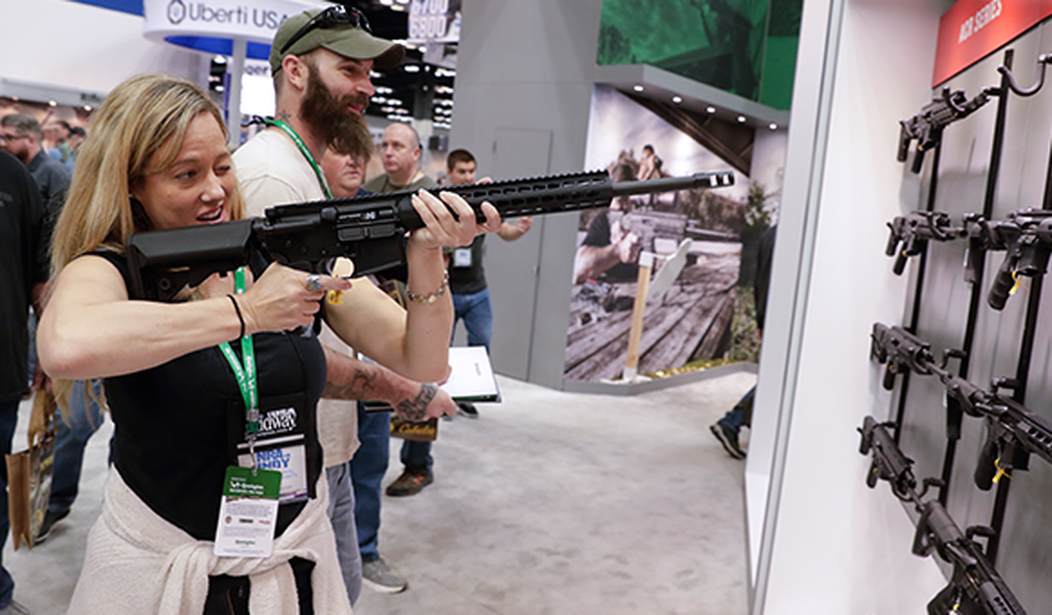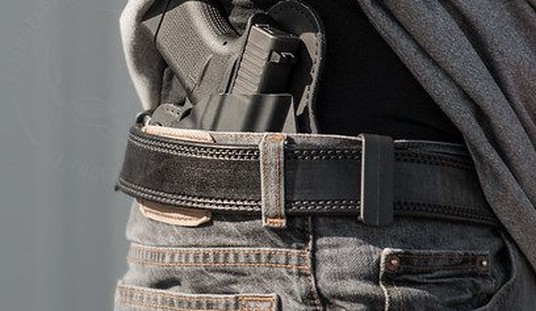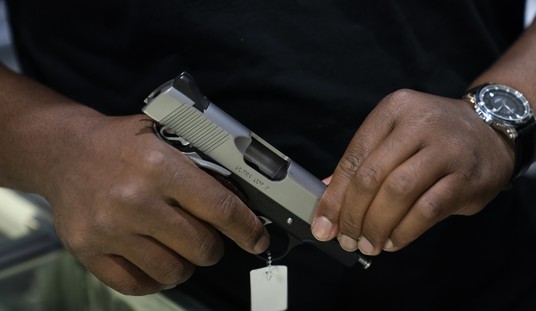On the face of it, Friday’s decision by the Seventh Circuit Court of Appeals to overturn an injunction against enforcement of Illinois’ recently enacted ban on “assault weapons” and “large capacity” magazines doesn’t change circumstances on the ground. The three-judge panel that issued today’s decision had previously stayed U.S. District Judge Stephen McGlynn’s injunction while the state appealed, so the law has been in effect throughout litigation.
Still, the 2-1 decision does matter, both because it provides an opportunity for some or all of the plaintiffs to appeal on an emergency basis to the Supreme Court and because it will undoubtedly be cited by other anti-gun judges around the country, including those on the Ninth Circuit panel hearing the appeal of Judge Roger Benitez’s decision striking down California’s ban on “assault weapons.”
I won’t have a chance to do a deep dive into the opinion until this weekend, but one thing immediately stuck out to me as I was giving a quick look-over. The three-judge panel concluded that AR-15s (and presumably semi-automatic rifles in general) are not protected by the Second Amendment because they’re too close to machine guns:
Coming directly to the question whether the weapons and feeding devices covered by the challenged legislation enjoy Second Amendment protection, at the first step of the Bruen analysis, we conclude that the answer is no. We come to this conclusion because these assault weapons and high-capacity magazines are much more like machineguns and militarygrade weaponry than they are like the many different types of firearms that are used for individual self-defense (or so the legislature was entitled to conclude). Indeed, the AR-15 is almost the same gun as the M16 machinegun. The only meaningful distinction, as we already have noted, is that the AR-15 has only semiautomatic capability (unless the user takes advantage of some simple modifications that essentially make it fully automatic), while the M16 operates both ways. Both weapons share the same core design, and both rely on the same patented operating system.
If the distinction between semi-automatic and select fire is enough to render modern sporting rifles outside the scope of the Second Amendment, according to the Seventh Circuit, then what does that mean for semi-automatic handguns? Are they too close to machine guns to be protected as well? Note this passage from the majority opinion:
The similarity between the AR-15 and the M16 only increases when we take into account how easy it is to modify the AR-15 by adding a “bump stock” (as the shooter in the 2017 Las Vegas event had done) or auto-sear to it, thereby making it, in essence, a fully automatic weapon.
You can (illegally) attach an auto-sear or a switch to many semi-automatic handguns as well. Is the Seventh Circuit suggesting that the most popular make of handguns, undoubtedly in common use for lawful purposes, is also beyond the Second Amendment’s protection?
It sure sounds like it to me, though the panel didn’t have to address that issue since the state hasn’t attempted to ban the majority of semi-automatic pistols, only a subset it deems to be “assault weapons”. This is actually something that gun control activists have been arguing for a couple of years now, both in civil litigation and in lobbying the Biden administration to reclassify many semi-automatic firearms as machine guns under the National Firearms Act.
If the Seventh Circuit’s twisted logic is adopted or allowed to stand by the Supreme Court, not only would the most popular style of rifle be implicated, but the vast majority of handguns that are in the hands of lawful gun owners across the country as well. The 2-1 decision is bad enough, but the long term implications will be even worse unless and until SCOTUS makes it clear that the Seventh Circuit got it wrong.









Join the conversation as a VIP Member